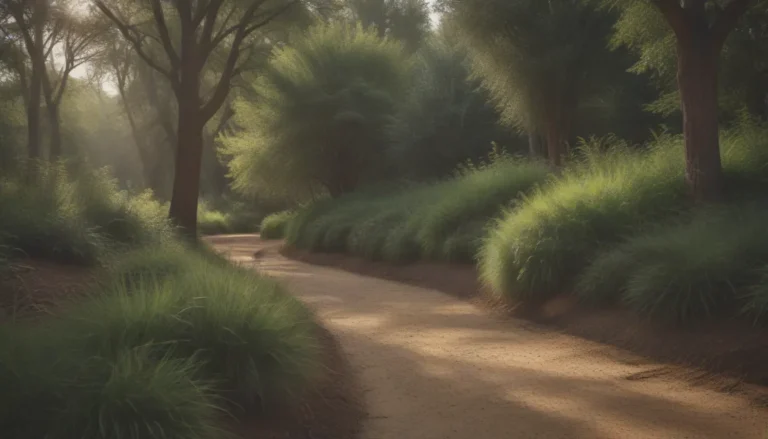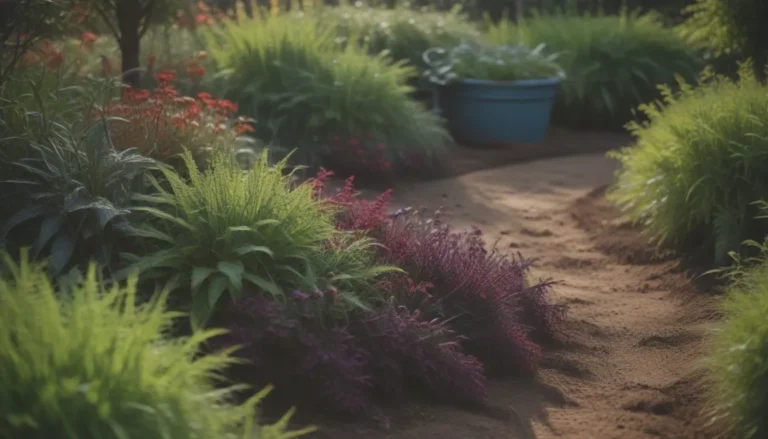Ultimate Guide to Rose of Sharon Care: Everything You Need to Know

Rose of Sharon, scientifically known as Hibiscus syriacus, is a beautiful deciduous hibiscus species that blooms abundantly during the summer and fall. With its showy, paper-like flowers that come in a variety of colors and reach up to 3 inches in diameter, this flowering shrub is a popular choice for gardens and landscapes. In this comprehensive guide, we will explore everything you need to know about Rose of Sharon care, from planting to pruning and everything in between.
Introduction to Rose of Sharon
Rose of Sharon is a versatile plant that offers many benefits to gardeners. Here are some key points to consider about this charming shrub:
- It has a natural upright vase shape with multiple branches and medium to dark green foliage.
- It can be pruned to a single trunk to produce a tree form.
- Rose of Sharon can live up to 20 to 30 years and is drought and heat-tolerant.
Types of Rose of Sharon
There are various popular varieties of Rose of Sharon, each with its own unique characteristics. Some of the popular varieties include:
- ‘Blue Chiffon’
- ‘Sugar Tip’
- ‘White Chiffon’
- ‘Red Heart’
How to Care for Rose of Sharon
Taking care of your Rose of Sharon is essential to ensure it thrives and produces beautiful blooms. Here are the main care requirements for this stunning shrub:
Light
Rose of Sharon prefers full sun, meaning it should receive at least 6 to 8 hours of direct sunlight daily. It can also tolerate partial shade, but too much shade can minimize flowering and lead to diseases.
Soil
This shrub thrives in nutrient-rich, well-draining soil with a slightly acidic to neutral pH. It can also tolerate slightly alkaline soil and grow in various soil types, including loamy, sandy, and clay soils.
Water
Rose of Sharon grows best in moist soil, but mature shrubs can tolerate some drought. Avoid very dry or very wet conditions, and make sure the soil is consistently moist without being waterlogged.
Temperature and Humidity
Rose of Sharon can withstand winters with below-freezing temperatures down to -20 degrees Fahrenheit. It also tolerates high humidity, but good air circulation is essential to prevent fungal growth.
Fertilizer
While Rose of Sharon can benefit from fertilizer, it is not necessary for established shrubs unless the soil quality is poor. Use a slow-release fertilizer in late winter or early spring, following the label instructions.
Pruning and Propagating Rose of Sharon
Proper pruning and propagation techniques are essential to maintain the health and beauty of your Rose of Sharon. Here’s how to do it effectively:
Pruning
- Prune Rose of Sharon in late winter or early spring to avoid cutting off flower buds.
- Remove any damaged or diseased branches as they arise.
- Prune back stem tips to encourage more branching and flowers.
Propagating
The best way to propagate Rose of Sharon is by stem cuttings. This method allows you to generate new plants inexpensively and continue the lineage of a variety you like. Take cuttings in midsummer for the best results.
Common Problems and Solutions
Despite being a relatively low-maintenance plant, Rose of Sharon can encounter some common issues. Here are a few tips to address these problems:
Yellow Leaves
Yellow leaves are often a sign of overwatering. Ensure your shrub is planted in well-draining soil to prevent waterlogged conditions.
Flower Buds Dropping
Flower buds and leaves dropping can be due to stress from either too little or too much moisture. Maintain consistent soil moisture levels to prevent this issue.
Browning Leaves
Browning leaves can also result from poor drainage, leading to excess moisture in the soil. Improve drainage to avoid stress on your shrub.
Wilted Leaves
Wilted leaves may be caused by stress from repotting. Pruning dead leaves can help alleviate this issue.
Stunted Growth
If your Rose of Sharon is not growing as expected, it may be receiving too much shade. Ensure it gets enough full sun to promote healthy growth.
Conclusion
Rose of Sharon is a beautiful and versatile shrub that can enhance any garden or landscape with its colorful blooms and easy care requirements. By following the tips and techniques outlined in this guide, you can ensure your Rose of Sharon thrives and continues to grace your outdoor space with its stunning flowers for years to come. Happy gardening!





